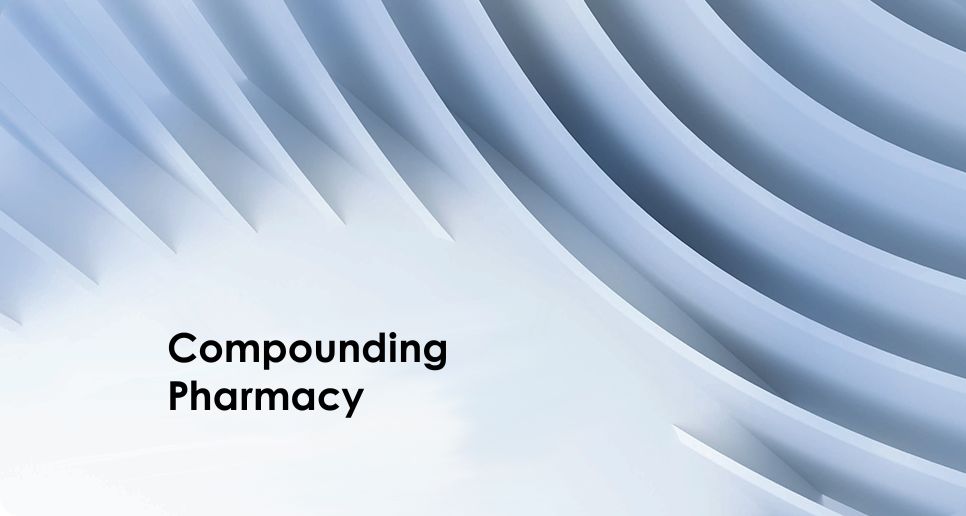What is Compounding?
Today, compounding is a practice generally conducted by a licensed pharmacist or outsourcing facility requiring discipline and precision. The core demand for compounding pharmacies is the necessity of a formulation of medication that may not be readily and commercially available.
There are two types of compounding, sterile compounding and non-sterile compounding. Sterile compounding, often used for IV or intravenous preparations, as well as preparations for the eye, is conducted in an environment free of infectious microorganisms. Non-sterile compounding consists of similar processes that occur in a clean, disinfected area. Non-sterile compounding is conducted in a negative pressure-enclosed area.
How did it start?
Originally, a compounding pharmacy focused on the combination and alteration of formulations tailored to the need of individualized patients. The original practitioners of compounding, providing mixed formulations of medications in which individual demands were met, were called apothecaries. Apothecaries, now referred to as pharmacists, would collaborate with physicians to assess a patient’s condition and needs to formulate a precise medication including mixed herbs, animal products, minerals, vitamins, etc. These formulations varied from tablets to washes and salves.
What is Compounding today?
Compounding pharmacy has now stemmed out into multiple practices, including hospital pharmacies, non-sterile compounding pharmacies, and outsourcing or 503B facilities.
In a hospital pharmacy, compounding medications are crucial for patient care. Hospital pharmacies use sterile compounding methods in order to avoid the risk of infection as the IV bags that are made will come in contact with the patient’s bloodstream. Sterile compounding pharmacies follow federally recognized requirements, USP Chapter 797, to ensure the quality of the drug.
A non-sterile compounding pharmacies are able to provide individualized patient care. These compounded products are those that do not enter the bloodstream, including solutions, suppositories, capsules, creams, ointments, etc. Non-sterile compounding follows USP Chapter 795, a list of good compounding practices that are federally recognized.
Contrary to the other two compounding settings, outsourcing facilities produce large batches of compounded drugs without a prescription by demand of healthcare facilities that require the drugs for their patients. These facilities are established under Section 503B of the Drug Quality and Security Act.
What is Compounding tomorrow?
Compounding pharmacies have been the cornerstone of medicine for generations. This practice has been used internationally in multiple medical systems including Ayurveda, Unani, Homeopathy, Siddha. This system is meant to grow and flourish as time passes, as the core of compounding pharmacy has always been the betterment of patients.
This Post Was Written By:
Alina Paul, PharmD Candidate 2025
Resources:

